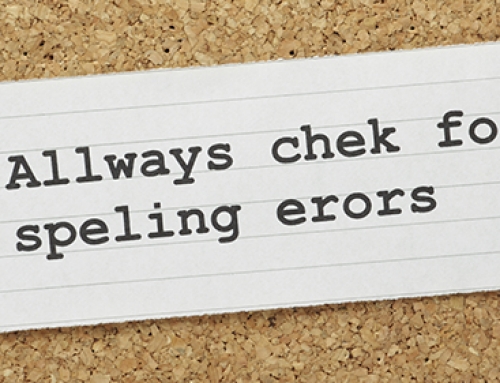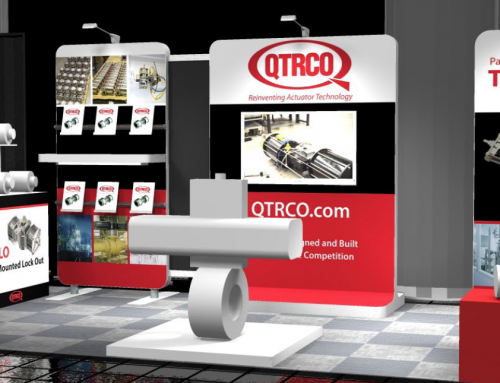Communication and marketing via the internet is a growing—no, BOOMING—movement with no end in sight, and although the need for print collateral had diminished, people are tactile creatures and still need their business cards, letterheads, and brochures to hand out…we just don’t need as many. If you’re printing anything, you need paper. Despite the growth of the internet, paper remains a more personal and purposeful way to communicate; it is a tangible force that in many ways can’t be replaced by the intangible force of the internet.
Over the last few years, a growing respect for the environment and the concern of deforestation has led people to want to show their appreciation for Mother Earth as much as they possibly can—hence the ongoing movement towards environmentally friendly paper. Unlike oil and gas, paper is a renewable resource.
Since the internet communication growth, companies are focusing on paper quality rather than quantity to brand their companies with their identity packages (letterhead, business cards, envelopes) and brochures. Papers that “shine”, have a pattern, or otherwise display a unique distinguishing feature are very popular choices right now; in particular, heavier paper has seen an remarkably increased demand.
Paper mills have been working on manufacturing sheets that will work on both large format presses (for large printed quantities) as well as digital presses (for small printed quantities) as companies move toward decreasing quantities of printed media. The focus has been on adding more and more post-consumer materials so that fewer trees are cut down. Some very high end papers are manufactured completely from recycled paper…and while that excites a lot of people, they tend to get let down real quick: these papers are usually the most expensive.
Hopefully, however, that issue will change. Paper companies make a point to tout the percentage of post-consumer materials are featured in the paper stocks they manufacture, and more and more paper is being manufactured with recycled material. As you shop for paper for your next project, the key is to look for certain FSC, SFI, Green e and wind power logos and statements on the paper books to indicate the earth-friendliness of not only the company, but of individual paper stocks they produce. While these environmentally-friendly papers will be just a bit more expensive than regular paper, you can feel good about not only the quality of the paper you choose for your next printed project, but the fact that you really are helping to make a difference.
An added bonus is that you can impress your clients (and push your competition) by adding a blurb on your printed material that the paper you’re using is made partially (or completely!) from recycled paper—a nice little reminder that your company is on the cutting edge of environmental trends.





Leave A Comment